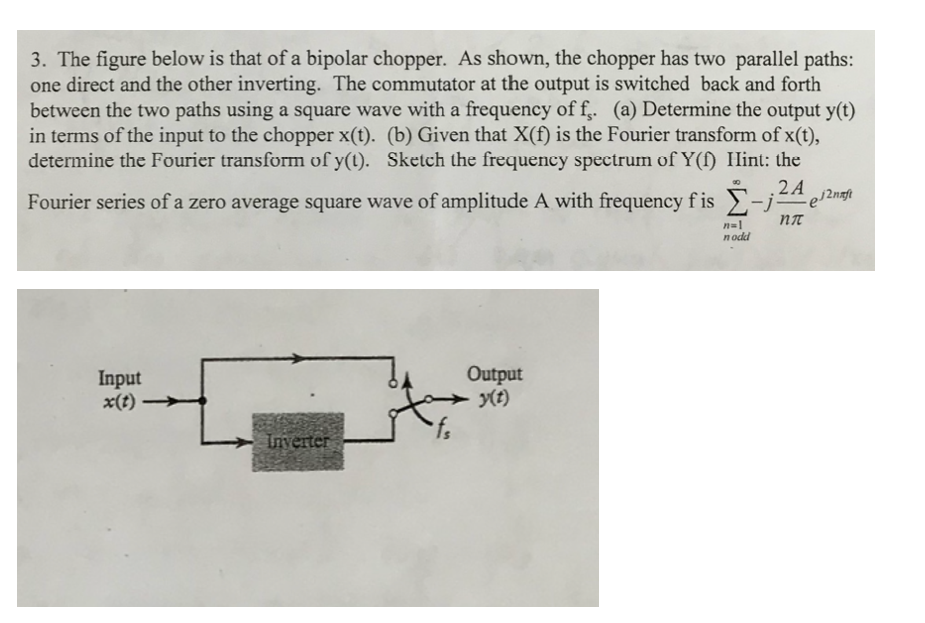

The amplitude (voltage) figures are not random numbers rather, they have been arrived at through the equations shown in the frequency series (the fraction 4/π multiplied by 1, 1/3, 1/5, 1/7, etc. The fundamental frequency is 50 Hz and each harmonic is, of course, an integer multiple of that frequency. In this particular SPICE simulation, I\’ve summed the 1st, 3rd, 5th, 7th, and 9th harmonic voltage sources in series for a total of five AC voltage sources. We\’ll use SPICE to plot the voltage waveforms across successive additions of voltage sources, like this: (Figure below)Ī square wave is approximated by the sum of harmonics. The circuit we\’ll be simulating is nothing more than several sine wave AC voltage sources of the proper amplitudes and frequencies connected together in series. This reasoning is not only sound, but easily demonstrated with SPICE. However, if a square wave is actually an infinite series of sine wave harmonics added together, it stands to reason that we should be able to prove this by adding together several sine wave harmonics to produce a close approximation of a square wave. This truth about waveforms at first may seem too strange to believe.
#Fourier series bipolar square wave plus
In particular, it has been found that square waves are mathematically equivalent to the sum of a sine wave at that same frequency, plus an infinite series of odd-multiple frequency sine waves at diminishing amplitude:


So long as it repeats itself regularly over time, it is reducible to this series of sinusoidal waves. This is true no matter how strange or convoluted the waveform in question may be. It has been found that any repeating, non-sinusoidal waveform can be equated to a combination of DC voltage, sine waves, and/or cosine waves (sine waves with a 90 degree phase shift) at various amplitudes and frequencies.


 0 kommentar(er)
0 kommentar(er)
